In many applications adjusting the trip point of a current monitoring sensor can be frustrating. The control cabinet must be open while power is on so that the load being monitored is energized and the tight space makes getting a small screwdriver in the right position challenging. The ASM Self Calibrating Smart-Switch solves this problem by using the actual load current to set the trip point. The sensor automatically locks onto the normal current level and self-learns and establishes a limit-alarm trip point to help users take corrective action before a failure occurs. Eliminating the need to manually adjust sensor trip points also improves safety and helps with NFPA 70E compliance by keeping screwdrivers out of an energized control panel.
The re-designed switch is a self-calibrating sensor and uses the actual load current to set the trip point and provide the simplest way to ensure that a motor is working properly. Three models are available to provide status monitoring, overload or underload, or operating window (overload and underload) functions to suit particular pump, fan, heating element, conveyor or multi-load safety-interlocked application needs. The output contact is ac and dc compatible for use with any automation system.
The sensor slides or snaps over one conductor feeding the load. The contact controls the input voltage, ac or dc, to 135 V to a controller or small relay. It takes just a couple of seconds of steady running conditions before the sensor locks onto the normal current level. If the load draws more current than normal or the current drops significantly, the sensor output will open. If the current falls below 85% of normal or increases above 125% of normal the contact will open, with no manually setting trip points and no adjustments needed unless a motor is replaced. Should a motor be replaced calibration is very easy, and within a matter of minutes the system is back in operation.
NK Technologies
www.nktechnologies.com
Filed Under: INDUSTRIAL SAFETY SYSTEMS, Energy management + harvesting, ELECTRONICS • ELECTRICAL, Switches

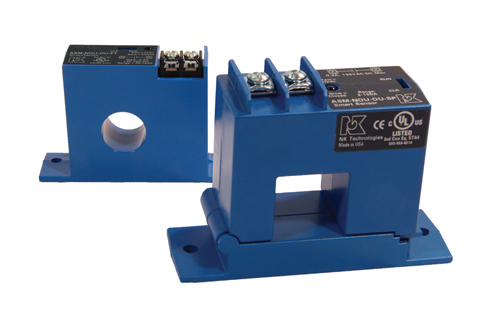
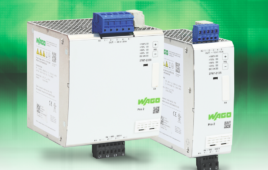
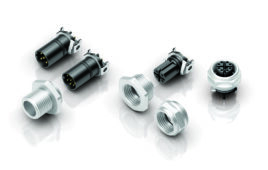
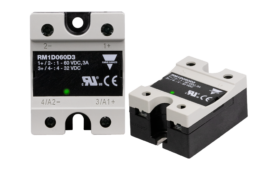
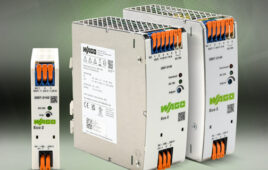
Tell Us What You Think!